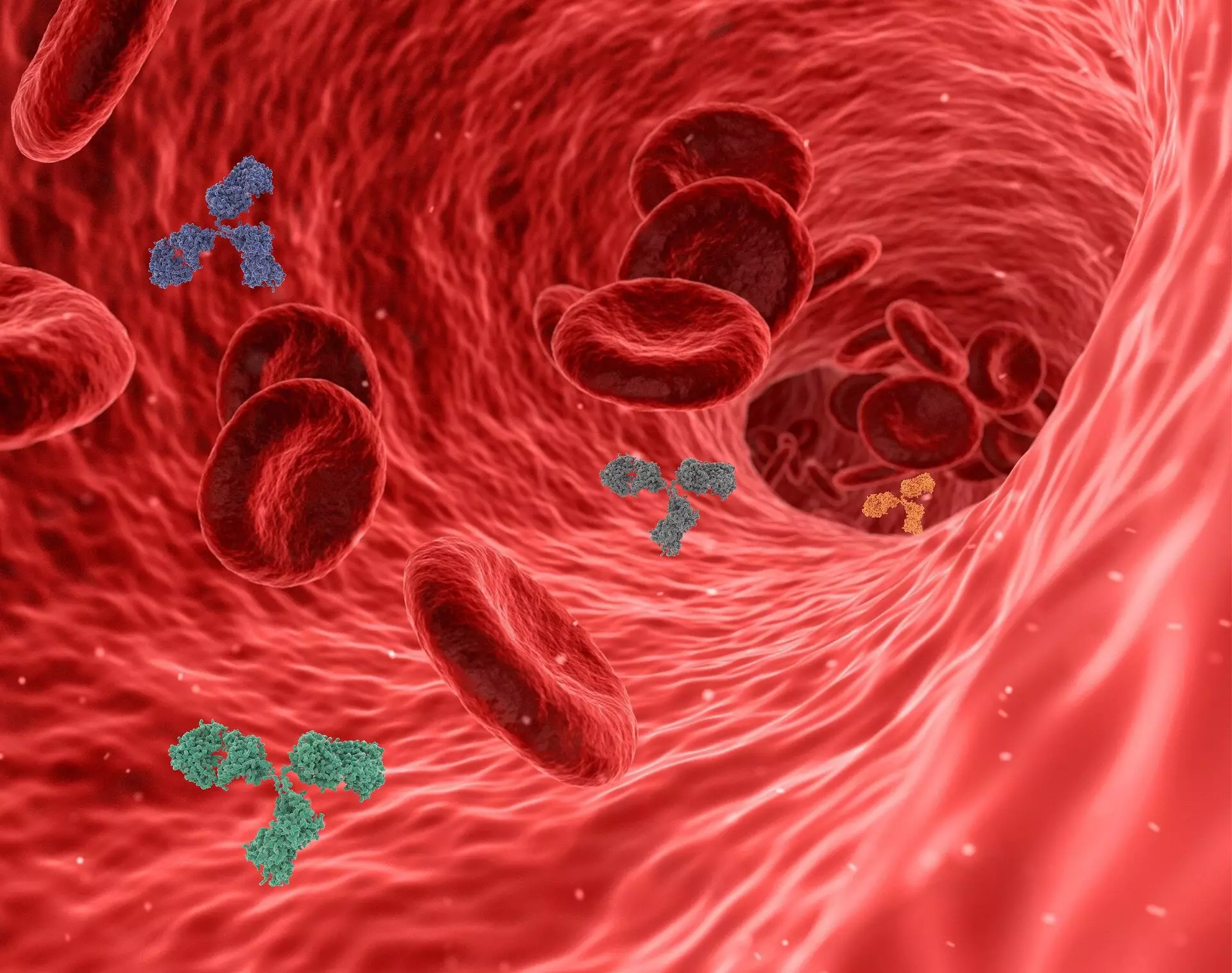The idea of growing functional human organs outside the body has long been considered the “holy grail” of organ transplantation medicine. Recent research from Harvard’s Wyss Institute for Biologically Inspired Engineering and John A. Paulson School of Engineering and Applied Science (SEAS) has made significant strides in making this dream a reality. By utilizing a new method to 3D-print vascular networks with embedded human cardiac tissue, scientists have brought us closer to being able to manufacture implantable human organs.
A key breakthrough in this research is the development of a method called coaxial SWIFT (co-SWIFT), which replicates the multilayer architecture found in native blood vessels. This new technique makes it easier to form interconnected endothelium and create vessels that are more robust and capable of withstanding the internal pressure of blood flow. The innovation lies in a unique core-shell nozzle that allows for the independent control of two fluid channels for the “inks” used in the printing process.
To validate the effectiveness of the co-SWIFT method, the team printed multilayer vessels into different matrices, starting with a transparent granular hydrogel and moving on to a porous collagen-based material that mimics living muscle tissue. By infusing the shell ink with smooth muscle cells and perfusing endothelial cells into the vasculature, the team was able to demonstrate the successful creation of biomimetic vessels with a double-layer structure similar to human blood vessels.
One of the most exciting aspects of this research is the ability to incorporate the printed biomimetic vessels into living human tissue. By constructing cardiac organ building blocks (OBBs) and printing a biomimetic vessel network onto them, the team was able to create functional heart tissue that responded to common cardiac drugs. The synchronized beating of the OBBs and their ability to interact with medications indicate the potential for creating personalized vascularized human organs.
Looking ahead, the researchers plan to further enhance the structure and function of lab-grown tissues by integrating self-assembled networks of capillaries with their 3D-printed blood vessel networks. This approach aims to more closely replicate the microscale structure of human blood vessels and improve the overall performance of engineered tissues. The ultimate goal is to advance the field of organ transplantation by successfully implanting lab-grown tissues into patients.
The groundbreaking work being done at Harvard’s Wyss Institute and SEAS represents a significant step forward in the field of organ transplantation medicine. By leveraging innovative 3D printing techniques and cutting-edge biologically relevant materials, the research team has demonstrated the feasibility of creating functional human tissues outside the body. With continued progress and advancements in the field, the future of organ transplantation looks brighter than ever.


Leave a Reply